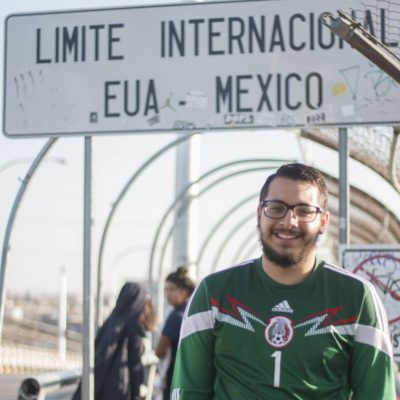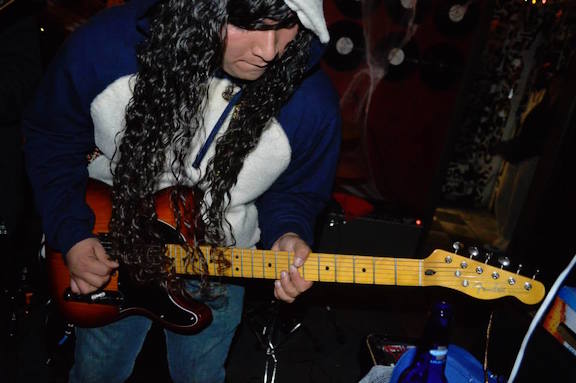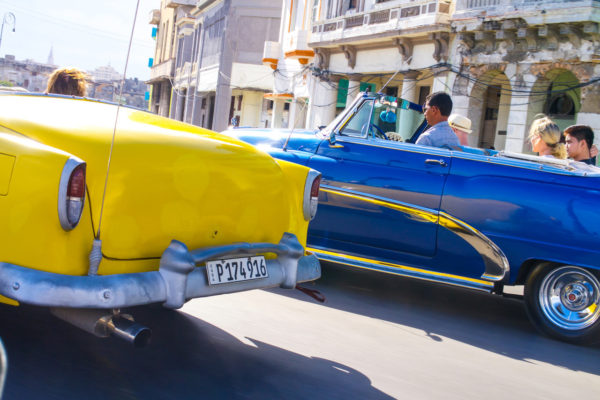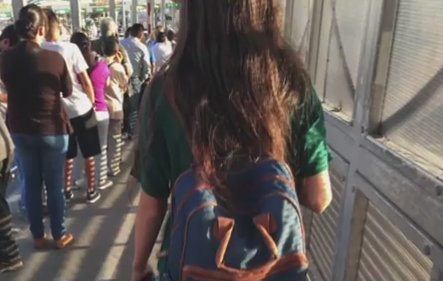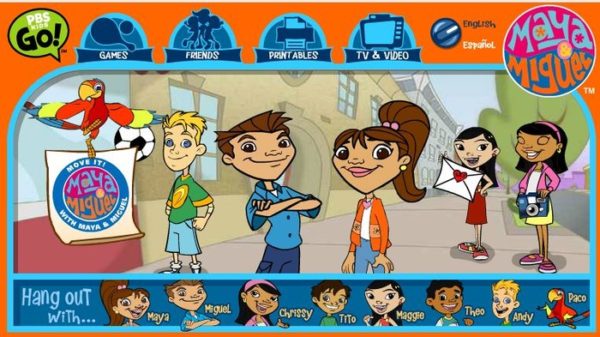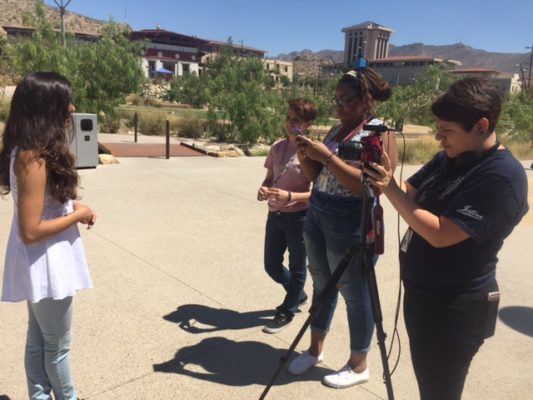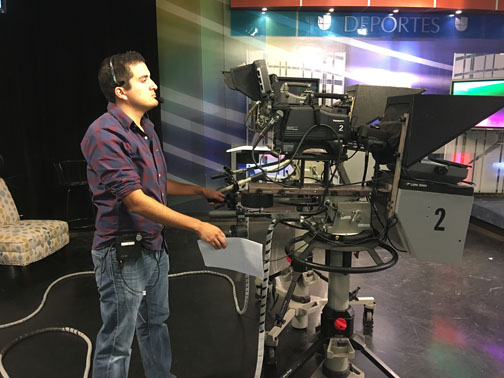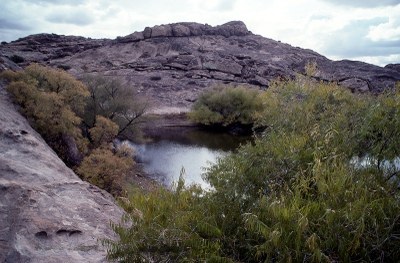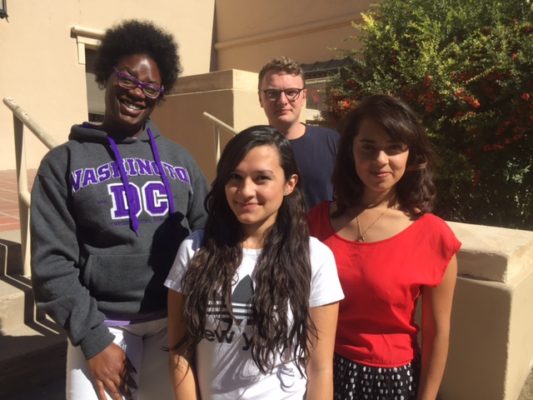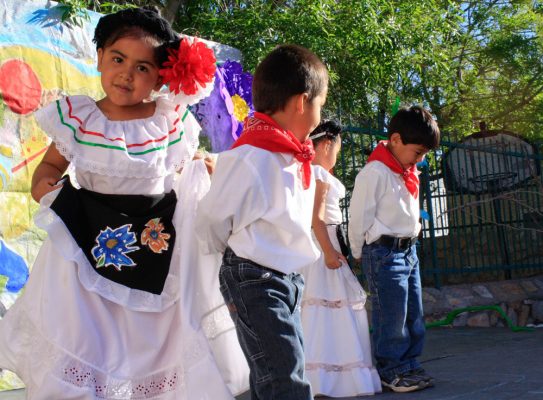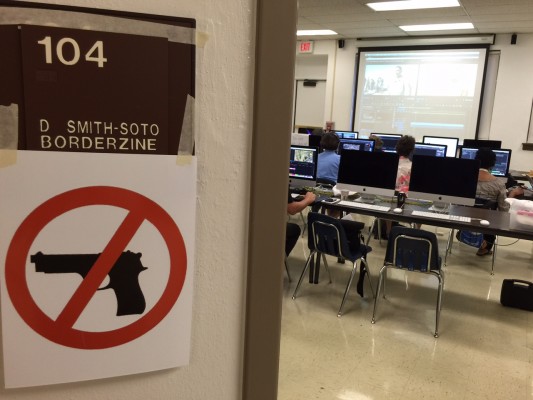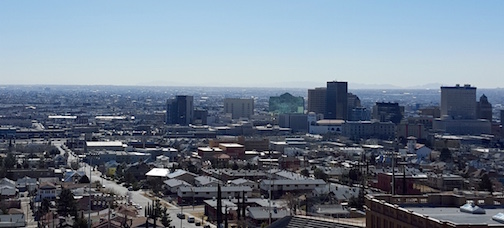Borderland DREAMer fights on for rights of immigrants to stay as March deadline looms
|
As a Communication student at UTEP, I had the opportunity this year to do an internship at the non-profit Columban Mission Center in El Paso. During my four months there, I had countless opportunities to interview pastors, refugees, travelers, and students from other universities, publish an article on the organization’s web site, and the chance to work alongside members of our branch in Washington D.C. The purpose of the Columban Mission Center is to help urge Congress to pass the Dream Act before the end of the year. Although I enjoyed the work and accompanying tasks, what inspired me most was the chance to interview DACA recipient Claudia Yoli and capture in words her compelling story. Deferred Action for Childhood Arrivals, known as DACA, is a program approved by former President Barak Obama in 2012, and allows young eligible immigrants to obtain a work permit and grants them protection from deportation. The program expires March 5 of next year and current President Donald Trump, who does not support the program, has left it to Congress to let the program expire or pass legislative protections for the recipients.



